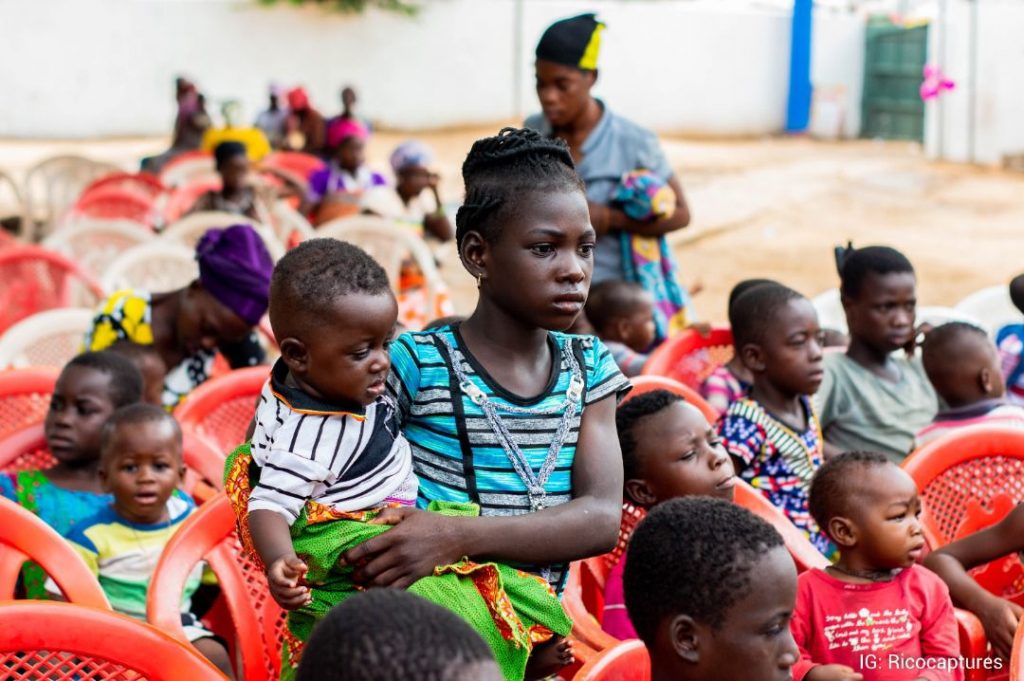In less developed countries, an estimated 100 million children between the ages of 5 and 18 live on the streets. Children walk to the streets of cities, towns, and villages for a variety of reasons. Depending on how much time they spend on the streets, all children seen on the streets can be classified into one of two broad groups of street youth.

The first group of children does not live at home and must rely on the streets to support their families. They are frequently compelled by their parents to work as hard as they can to make money, and as a result, such children take any job that requires just rudimentary skills or education.
They work in shoe polishing, newspaper sales, begging, and sometimes prostitution, as well as other illegal activities related to menial income.
Children in the second category accept the street as their home and the only living place because they sleep and live on the streets. These children typically have no ties to their families or siblings. They flee their homes for a variety of reasons. Conflicts with parents or family members usually force them to take to the streets.

The children’s decision to go to the streets can sometimes lead to other issues associated with streetism, such as peer pressure. As a result, children are being exposed to harmful peer behaviors such as using violence to dominate their peers and abusing alcohol and drugs. This influence may lead to vulnerable children having premature sex because they are affected by the use of drugs or alcohol and are often the victims of various consequences of such behavior.









This Post Has One Comment
Great piece.
Its very inspiring and educative.
Thanks for sharing.